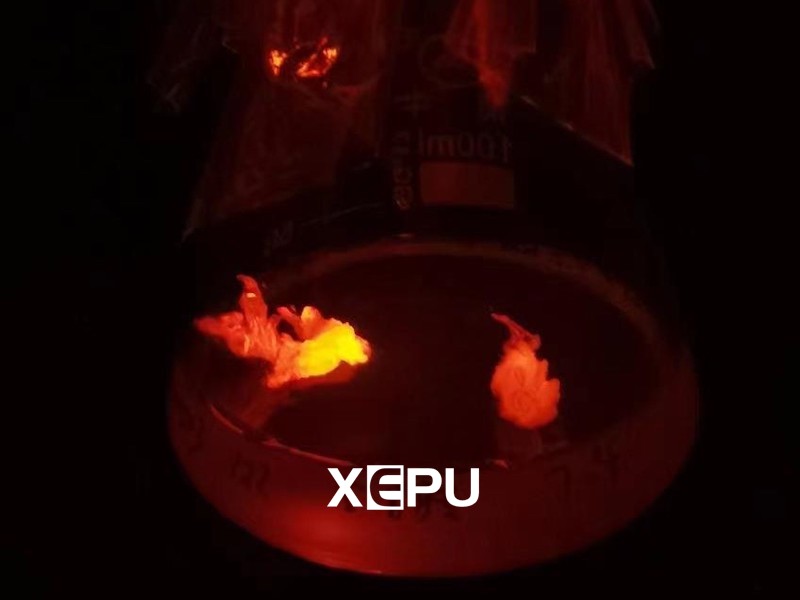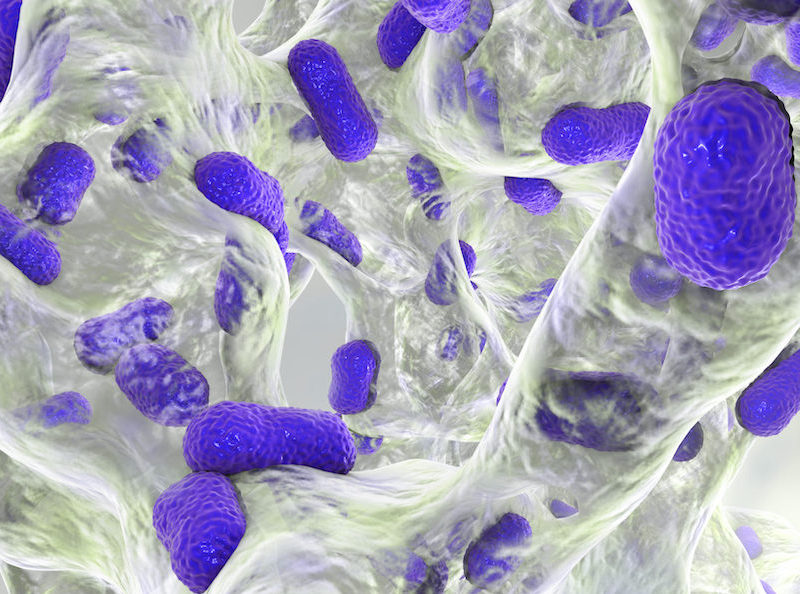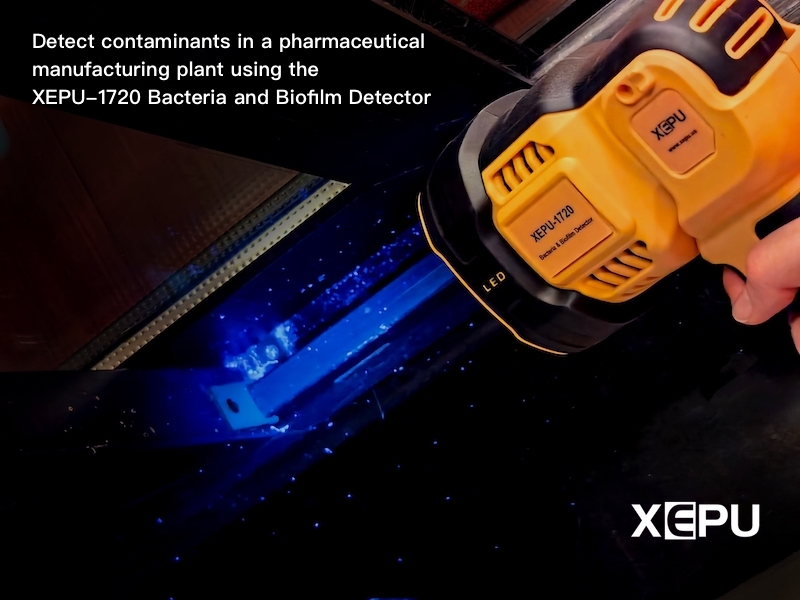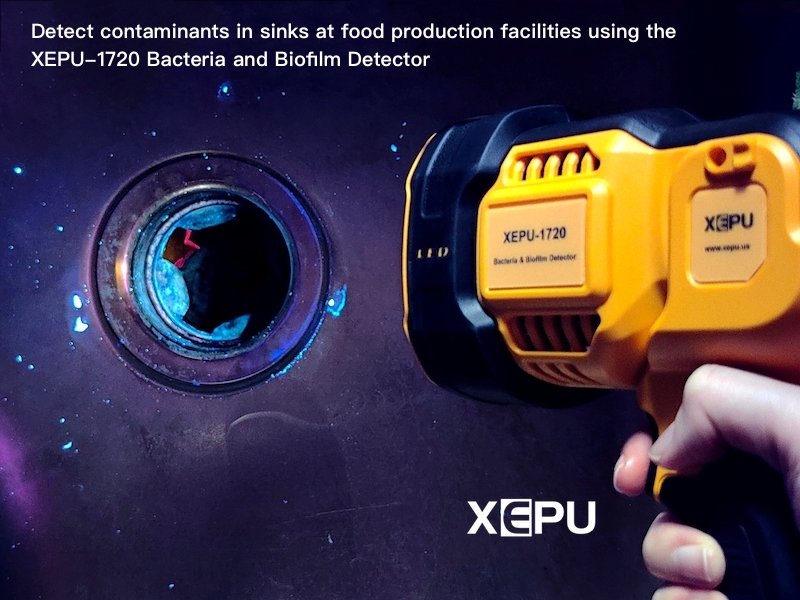Excitation and Emission of mCherry Fluorescent Protein
Development of red fluorescent protein (RFP)
After the discovery of green fluorescent protein (GFP) in the early 1960s, scientists have been working on the derivaties of green fluorescent proteins for years. A major goal is to construct a red-emitting derivative that equals or exceeds the advanced properties of enhanced green fluorescent protein (egfp). Some desired advantages of a red fluorescent protein (RFP) are the potential compatibility with existing fluorescence detection tools and an increased capacity to image entire animals, which are more transparent to red light.
The first coral-derived fluorescent protein to be extensively utilized is known as DsRed, which was derived from Discosoma striata. mCherry is a bright red monomeric fluorescent protein created by rounds of directed evolution of DsRed. mCherry is a very rapidly-maturing monomer with low acid sensitivity, making it possible to see results very soon after transfection or activation of transcription.
Excitation and emission of mCherry
The excitation peak of mCherry is 587 nm, and the emission peak is 610 nm.
Figure below: excitation and emission of mCherry fluorescent protein

Expression and detection of mCherry
To detect the red fluorescence of mCherry fluorescent protein, use Fluorescence Flashlight GFPfinder-2101GR which designed specifically for the excitation of red fluorescent protein (RFP). Fluorescence Flashlight GFPfinder-2101GR offers 510-540 nm excitation light and a wide coverage area up to 6 inches (15 cm), making it excellent for screening samples in bathces. Used with the matching barrier filters, view mCherry fluorescence with the naked eye in seconds!
The following figure shows the red fluorescence detected by Fluorescence Flashlight GFPfinder-2101GR.

Figure below: Fluorescence Flashlight GFPfinder-2101GR, designed for detecting red fluorescent protein (including mCherry, DsRed, tdTomato, etc.).





